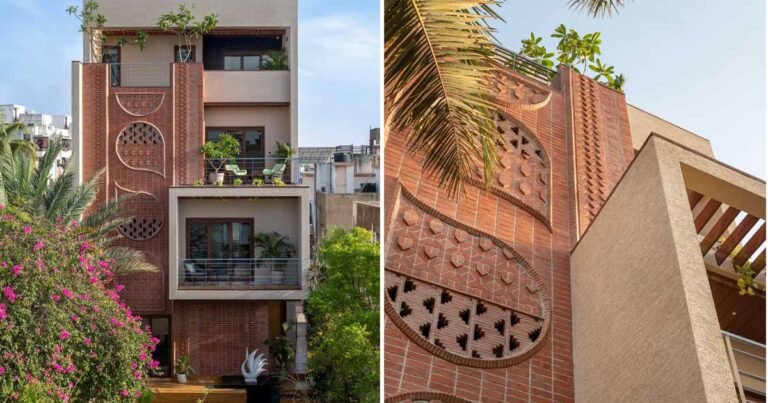The Local Food Factory / Studio Dali Architects
The Local Food Factory / Studio Dali Architects


Text description provided by the architects. The essence of the countryside is production, and in the planning of the whole village, we attach great importance to the layout of the production space. In 2019, an entrepreneur from Chengdu planned to relocate her factory from the city to Xiaoshi Village, a place with beautiful mountains, to promote the concept of green food. The idea of a “shared factory” was then devised to provide the village and town food craftsmen with the equipment to make their products and the quality control standards and channels to bring them to the market, modernizing the craft and solving the problems of labor and traditional craft heritage.


The project site is located halfway up the hill looking out over the main road, the core plot of land in the village. The site was formerly the village elementary school, then the school was restructured and relocated to the town, and the abandoned space was used as a chicken coop. The lot runs in a narrow north-south direction, 87 meters long and 20 meters wide. The west side of the site is a steep hillside, which gradually formed a cliff due to years of landslides.


The building occupies the entire site due to its production function and based on the overall strategy of “under One Roof”, open public space is set up at the end facing the distant mountain, where products can be displayed, food education courses, small launches and public events can be held. The production sequence of the factory extends linearly along with the site, with large glass windows along the steeply sloping landscape side, allowing natural light to enter the factory, which not only saves a lot of lighting but also brings a sense of well-being to the workers at work.


In conjunction with the site folding line, a tour corridor is laid out along the building, where villagers and visitors can get to know the whole process of food production from a distance and participate in it in this way of watching and being watched, breaking the cold and closed feeling of traditional factories.


The design takes the shape of the mountains as the inspiration and combines the zigzag plane with the abstract forms, to interpret the spiritual ideas of the natural environments, so that the architectural form of the factory can integrate with the distant mountains. In order to strengthen this “jumping motion” of the eaves, we pixelated the lower part of the roof tiles with a darker color and a gradient of lighter colors on the higher part to create a shadow, enhancing this jumping motion through the relationship between light and dark colors to enhance this experience.


The access to the building is made through the original stone wall on the site, which is a stone staircase, and finally arrives at the open public platform, creating a feeling similar to the entrance of the Parthenon.








